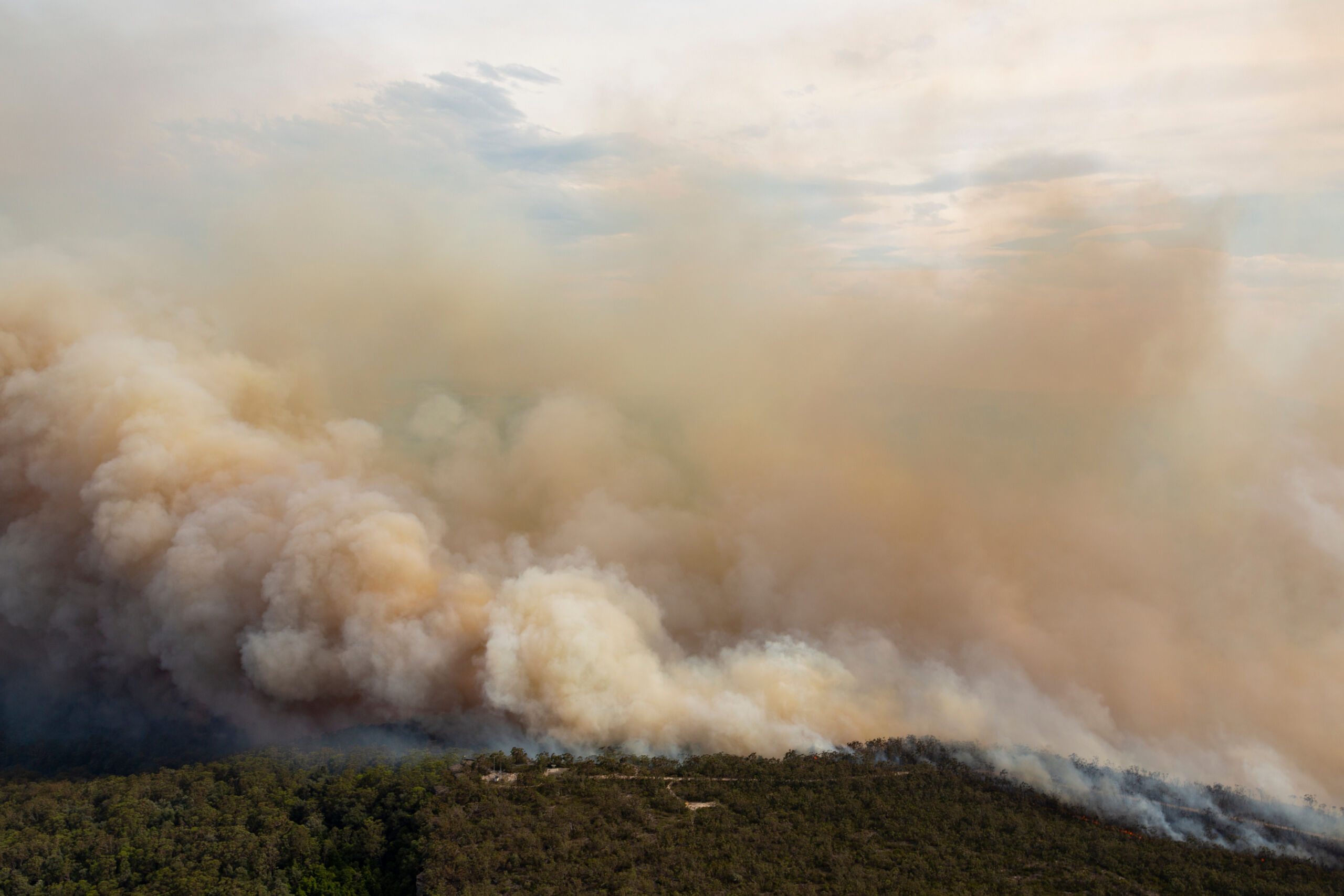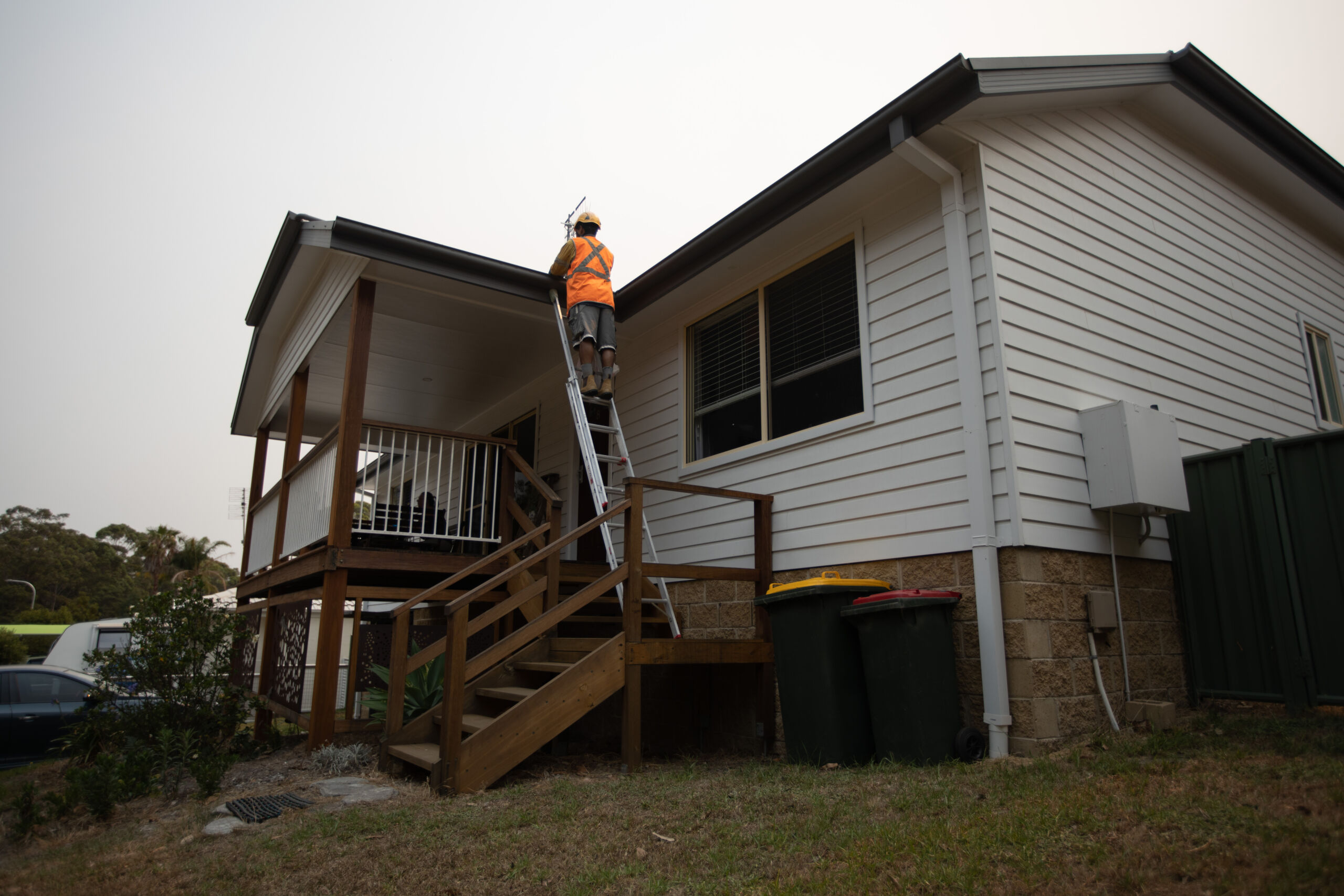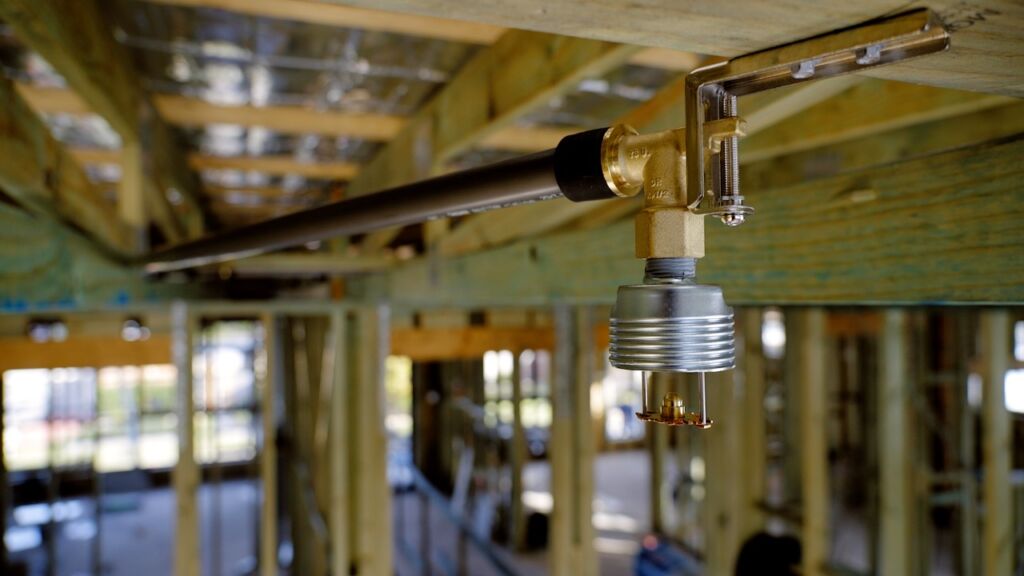Residential sprinklers protect occupants 365 days a year from house fires, but can the cost effective systems be integrated with bushfire sprinklers to provide protection to homes in bushfire prone areas from bushfire events? This project aims to find out.
Background
The threat to the Australian community, environment and economy from bushfires is well documented and part of the Australian psyche. There is evidence that with the impacts of climate change, population increase and increased housing construction at the urban/rural interface, this threat will grow.
Currently the protection provided for domestic dwellings in bushfire-prone areas is based on passive fire protection systems. Fire sprinkler systems to protect class 1a homes from bushfire and typical house fires are not mandatory in the National Construction Code and require different design and performance characteristics than normal residential systems.


Problem
Australian research has shown that bushfires are an extraordinarily costly natural disaster in terms of lives lost, injuries suffered, property damaged, and the serious impacts on the community, the environment and the economy. Around 65 people die each year from preventable home fires, with a proportion of these being the result of bushfires. This research program will explore the feasibility of providing a fit-for-purpose safe, reliable and cost-effective automatic home fire sprinkler system design to protect a domestic dwelling in a bushfire and from typical home fires. The aim would be a sprinkler system that is the equal to, if not better in safety, reliability and cost-benefit than the protection required by current regulation.
An integrated home fire protection system that includes internal residential sprinklers will also help reduce the impact of typical home fires all-year round. This is an important consideration for homes in regional/rural/remote areas, where there can be longer response times for fire crews than in metropolitan areas. A further risk is property protection on the bushland-urban interface in metropolitan/peri-urban areas, where the time for a bushfire’s impact on people and property can be comparatively short.
Aim
This project aims to develop a safe, reliable, cost-effective and fit-for-purpose home sprinkler system design to mitigate the risks and impacts of bushfire on domestic dwellings, and also mitigating the risks and impacts of typical internal house fires.
Mitigating the impact of bushfire on domestic dwellings will be primarily as property protection and NOT as a life safety system. It is not the objective to develop a system to encourage occupants to seek refuge in a sprinklered dwelling in the event of a bushfire threat; in fact, a primary aim of a bushfire residential sprinkler system is to give residents the confidence to leave early in the knowledge that their home will protect itself.

Next Steps
HFSCA is in the early phase of scoping this project and will provide updates as we progress.

